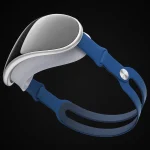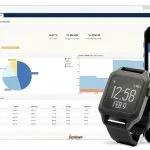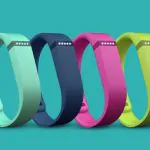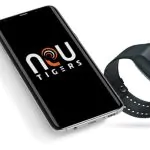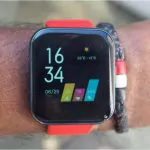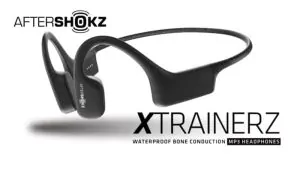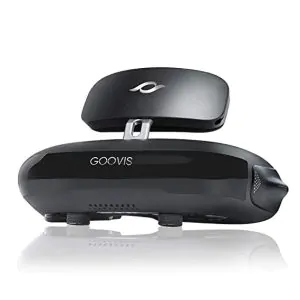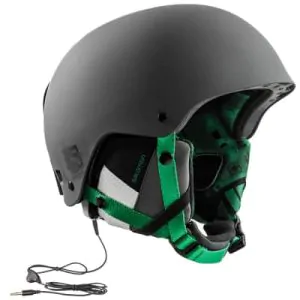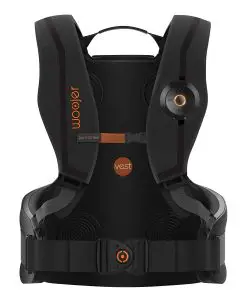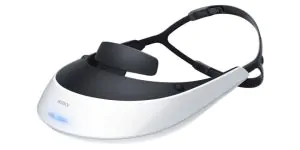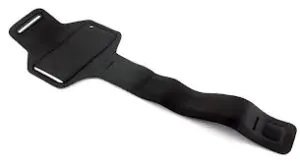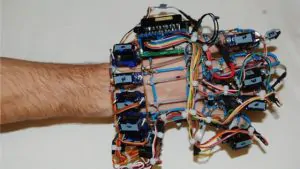A new report from Gartner finds worldwide end-user spending on wearable devices to total $81.5 billion in 2021, an 18.1% increase from $69 billion in 2020. Earbuds and other devices that fit in the ear have taken the top spot in the wearables category and should continue to hold that place through the next two years, according to the report.
The rise in remote work and increased interest in health monitoring during the COVID-19 pandemic was a significant factor driving market growth, reports Gartner.
“The introduction of health measures to self-track COVID-19 symptoms, along with increasing interest from consumers in their personal health and wellness during global lockdowns, presented a significant opportunity for the wearables market,” said Ranjit Atwal, senior research director at Gartner. “Ear-worn devices and smartwatches are seeing particularly robust growth as consumers rely on these devices for remote work, fitness activities, health tracking, and more.”
Read more Audio Streaming and New Bluetooth Technology to Drive Hearables Market, Reaching $80 billion in 2025
Spending on ear-worn devices rose 124% in 2020, totaling $32.7 billion, and is forecast to reach $39.2 billion in 2021. This massive growth can be largely attributed to remote workers upgrading their headphones for video calling and consumers purchasing headphones they use with their smartphone devices.
Smartwatch end-user spending increased by 17.6% to reach $21.8 billion in 2020. Smartwatch growth, which was driven in part by new users entering the market, will continue through 2021 as new processor technologies and improvements to solid-state batteries increase battery life and shorten charging times.
Smart patches have been added as a new category in the latest Gartner forecast for wearable electronic devices as they are projected to see significant growth in 2021. Smart patches are non-invasive health-monitoring sensors that stick to the skin surface and are used to measure temperature, heart rate, blood sugar, and other vital statistics more effectively than other wearable technologies. They can also remotely administer medication, such as insulin for diabetic patients.
 The rise in remote work and increased interest in health monitoring during the COVID-19 pandemic was a significant factor driving market growth. (Image: Pxhere)
The rise in remote work and increased interest in health monitoring during the COVID-19 pandemic was a significant factor driving market growth. (Image: Pxhere)
“Smart patches have been around for some time, but adoption has been slow due to strict regulatory compliance and resistance from both users and medical staff to adopt automated drug administration,” said Mr. Atwal. “The shift to e-health, especially during COVID-19, will transform users’ perceptions of automated health provision and increase the demand for smart patches.”
Sensor Innovations and Miniaturization Driving Market Growth
As device makers focus on improving sensor accuracy, the performance gap between medical- and non-medical-grade wearables is closing, driving growth in multiple wearable devices categories.
“The capability of embedded sensors is often a determining factor in the reliability and usefulness of a wearable product,” said Mr. Atwal. “Given the sensor improvement trend seen over the last several years, sensors built into wearable devices will be increasingly capable of more accurate readings, driving market growth over the next 3-5 years.”
Read more Global Medical Wearables Market Size to Reach US $85.6 Billion by 2027: Polaris Market Research
Advances in miniaturization have also been an influencing factor in the wearables market by enabling device makers to integrate sensors into wearables that are nearly invisible to the end-user, such as in the Oura Ring, Spire Health Tag or Proteus Discover. Gartner predicts that by 2024, miniaturizing capabilities will advance to the point that 10% of all wearable technologies will become unobtrusive to the user.
